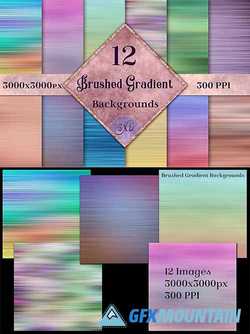GRADIENT TILES III - 2128377
EPS PNG JPG | 114 Mb
Gradient Tiles III is a set of geometric black and white gradient patterns.
These designs would work well for gift wrap, packaging, invitations, cards, wallpaper, notebook and book covers, cover art, graphic backgrounds, flyers, posters, fabric prints, art prints, stationery, collage, photo layering and masking, within typographic designs, etc.



















